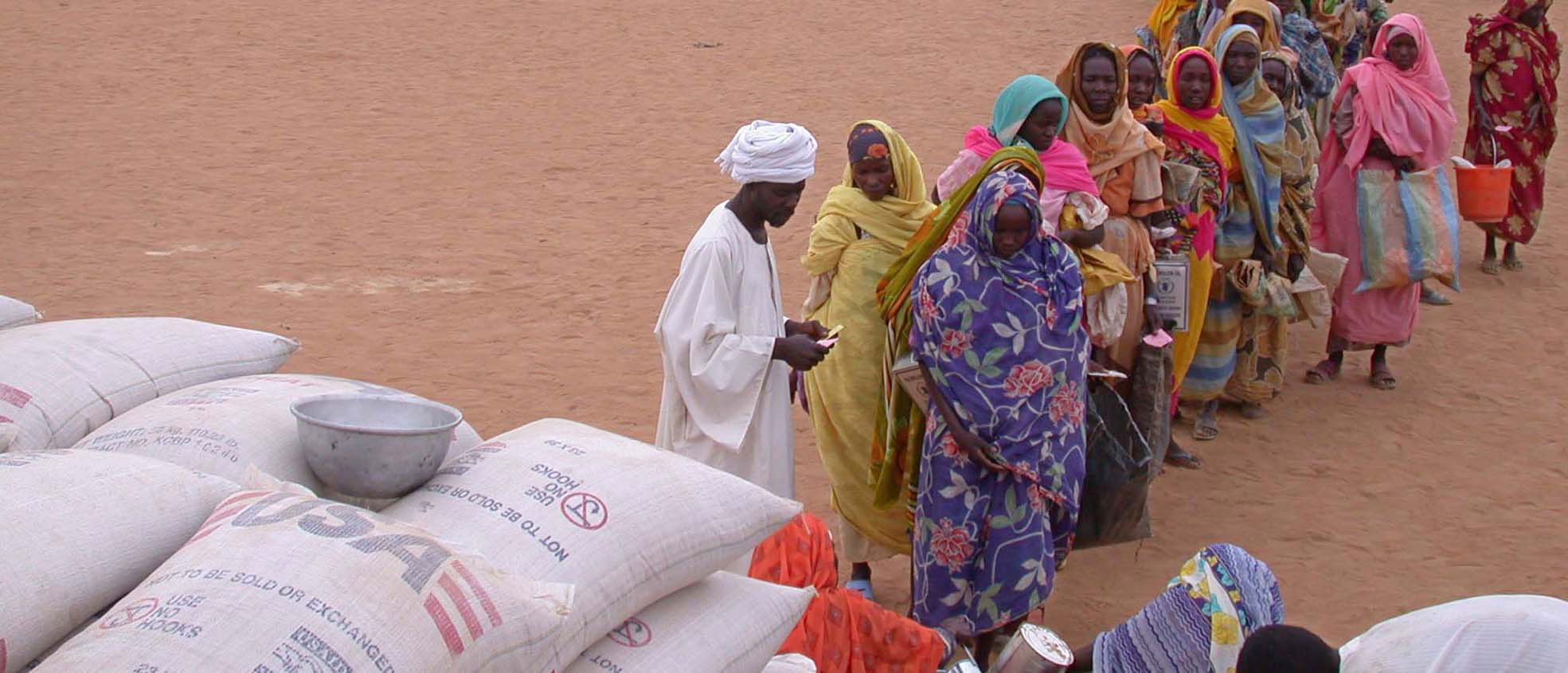 Help is on the way
Help is on the way
Mar 09, 2017
ARLINGTON, VA – Yesterday the U.S. Department of Agriculture authorized the purchase of 28,120 MT of Number 2 or better long grain milled rice headed to Conakry, Guinea, as part of the Food For Progress (FFPr) program. FFPr relies on the monetization or barter of a commodity, to fund local agricultural value chain efforts conducted in country by Private Voluntary Organizations (PVOs) to help develop a profitable ag sector which in turn helps local economic development.
USA Rice has participated in monetization programs for many years and in the last year has had two successful programs, the current one in Guinea and another in Burkina Faso where 6,300 MT has been monetized. This is largely the result of increased global demand for food assistance and USA Rice’s ongoing efforts to enhance outreach to PVOs conducting food assistance programs.
“USA Rice will continue to work with PVOs and key USDA and U.S. Agency for International Development decision makers to encourage the use of both milled and fortified rice in response to the pending global hunger crisis,” said Bobby Hanks, president of Louisiana Rice Mill and chairman of the USA Rice Food Aid Subcommittee. “Additionally, we are anticipating final release of new specifications for fortified rice that will clear the way for increased tonnage in 2017 as U.S. stakeholders seek to assist in the battle against malnutrition.”
USA Rice forecasts a very active year in food aid in 2017 for both milled and fortified rice. Numerous sources, including the Family Early Warning System Network (FEWSNET), predict that 2017 will see a global famine of catastrophic proportions, with up to 70 million people, across 45 countries, requiring enhanced food assistance. Already four countries, Nigeria, Somalia, South Sudan, and Yemen are in the beginning stages of severe famine with several others slipping into food insecurity and malnutrition.
“This points up the critical importance of food aid,” continued Hanks. “The U.S. government is facing budget cuts in this area yet USA Rice is working hard to preserve this program because these programs are good for our industry and they’re the right, humanitarian thing to do. And now that fortification technology has been officially approved, fortified rice has been recognized as a superior, cost-effective food that can provide relief from hunger, address nutritional deficiencies, and is already well accepted by beneficiaries.”